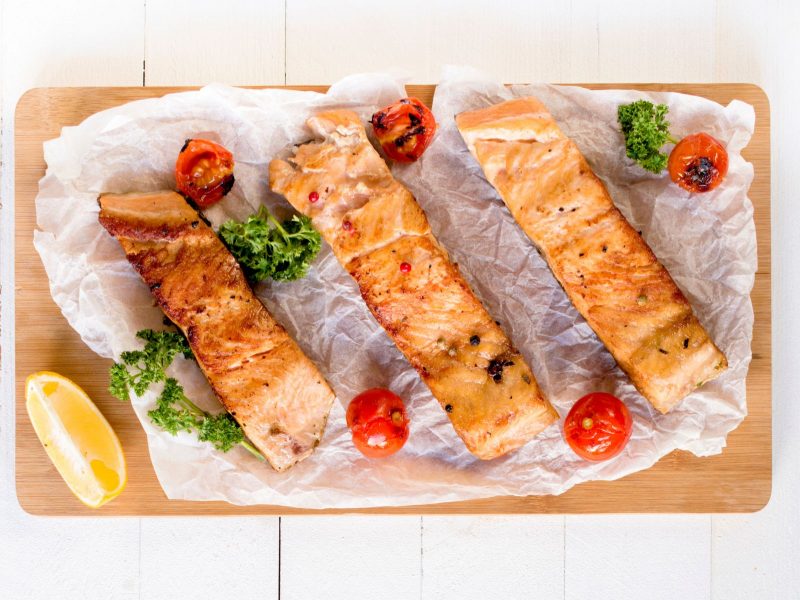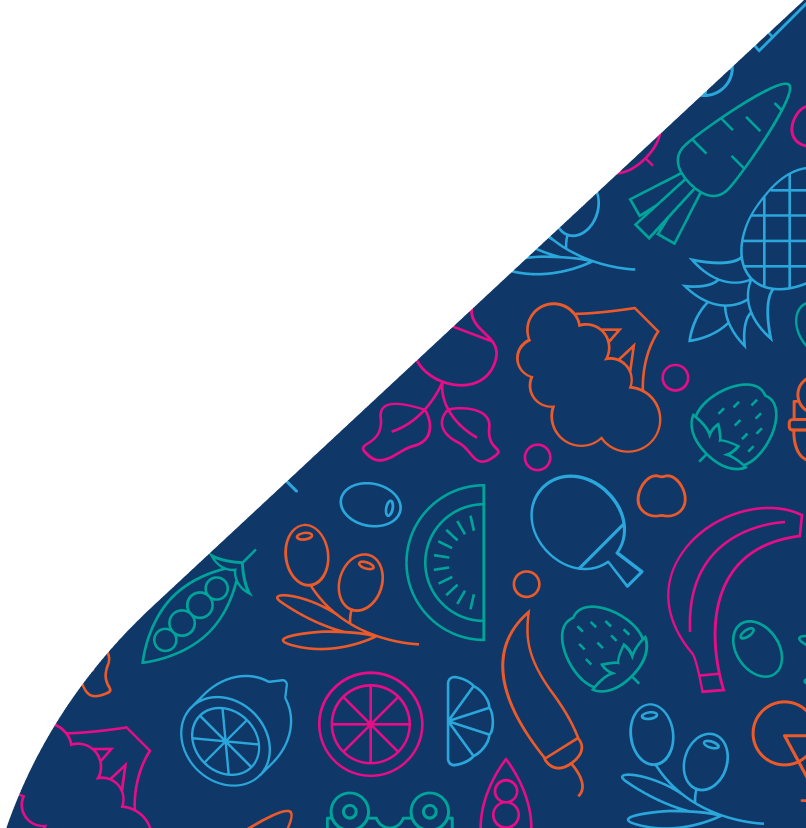
What does a balanced plate look like?
Build a balanced plate with these five parts:
Vegetables
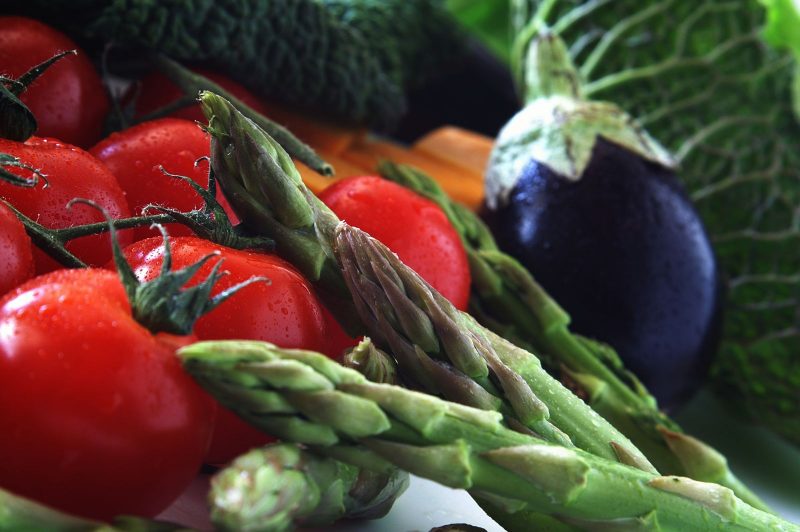
These contain healthy vitamins, minerals and fibre. Include a variety of different coloured vegetables each day:
- Leafy greens like broccoli, spinach, bok choy, kale and salad greens
- Orange and yellow vegetables such as carrots, pumpkin, sweet potato, and squash
- Legumes such as lentils, chickpeas, split peas, kidney beans, and navy beans
- Other vegetables including sprouts, cauliflower, mushrooms, okra, and onions
Source: www.eatforhealth.gov.au
Lean protein
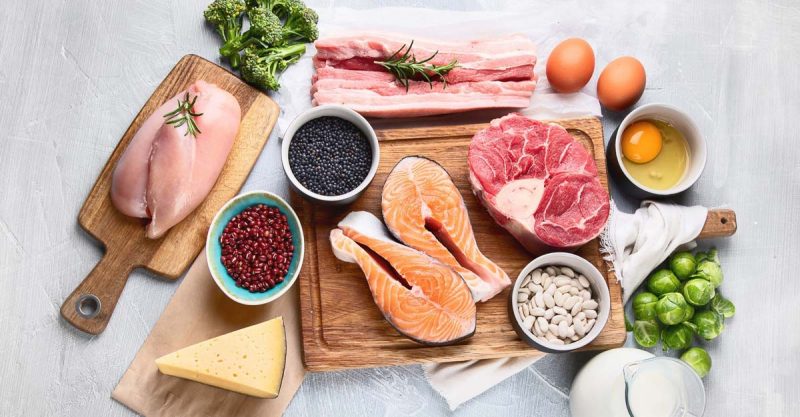
Lean protein food group provides a wide variety of other nutrients such as: iodine, iron, zinc, vitamins, especially B12, and essential fatty acids.
Lean red meats are a particularly good source of iron, zinc and B12 and are easily absorbed.
Iron is especially important during infancy and for adolescent girls, pregnant women, menstruating women and endurance athletes.
Foods from this food group fall into 6 categories. Examples include:
- Lean meats – Beef, lamb, veal, pork, kangaroo, lean (lower salt) sausages
- Poultry – Chicken, turkey, duck, emu, goose, bush birds
- Fish and seafood – Fish, prawns, crab, lobster, mussels, oysters, scallops, clams
- Eggs – Chicken eggs, duck eggs
- Nuts and seeds – Almonds, pine nuts, walnut, macadamia, hazelnut, cashew, peanut, nut spreads, pumpkin seeds, sesame seeds, sunflower seeds, brazil nuts
- Legumes/beans – All beans, lentils, chickpeas, split peas, tofu.
Source: www.eatforhealth.gov.au
Dairy products or dairy alternatives
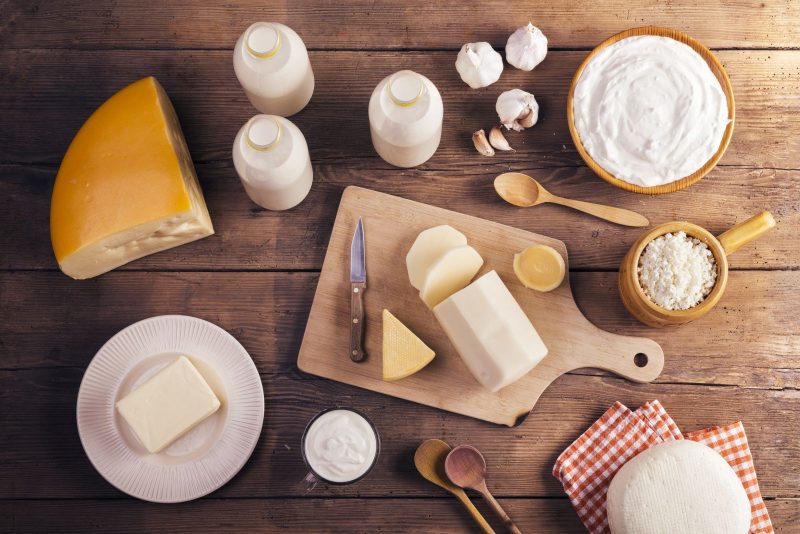
There are lots of essential nutrients in dairy. Each time you eat or drink dairy, you are giving your body calcium, iodine, vitamin A, vitamin D, riboflavin, vitamin B12 and zinc.
Calcium and vitamin D help your body build strong dense bones as you grow, and they keep your bones strong and healthy as you get older. Most adults need 1,000 milligrams of calcium every day. This increases to 1,300 milligrams for women aged over 50 and men aged over 70.
Not having enough calcium in your diet may increase your risk of osteoporosis. Osteoporosis is a disease of the bones, where they become brittle and weak and can break easily.
Wholegrain
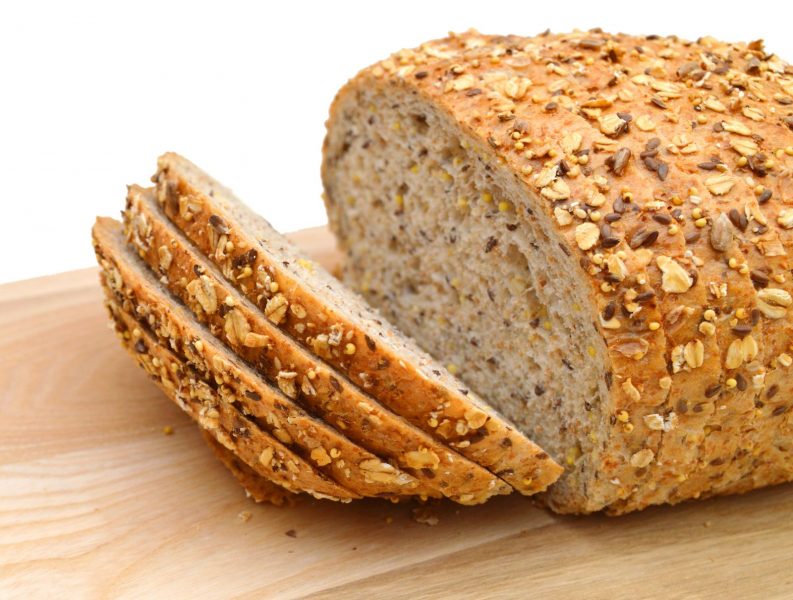
Whole grains deliver many important nutrients. These include:
- Fiber – The bran provides most of the fiber in whole grains.
- Vitamins – Whole grains are particularly high in B vitamins, including
niacin, thiamine, and folate - Minerals – They also contain a good amount of minerals, such as zinc, iron, magnesium, and manganese.
- Protein – Whole grains boast several grams of protein per serving.
- Antioxidants – Many compounds in whole grains act as antioxidants. These include phytic acid, lignans, ferulic acid, and sulfur compounds
- Plant compounds – Whole grains deliver many types of plant compounds that play a
role in preventing disease. These include polyphenols, stanols, and sterols
Grains (cereal) foods can be broken up into four main groups. The main sub-groups are:
- Breads – Wholemeal, wholegrain, white, rye, pita, lavash, naan, focaccia, crispbreads, damper
- Breakfast Cereals – Ready to eat, high fibre (wholegrain) oats, porridge, muesli, wholewheat biscuits
- Grains – Rice, barley, corn, polenta, buckwheat, spelt, millet, sorghum, triticale, rye, quinoa, semolina
- Other products – Pasta, noodles, English muffin, crumpet, rice cakes, couscous, bulgur, popcorn, flour.
Source: www.healthline.com and www.eatforhealth.gov.au
Fruits
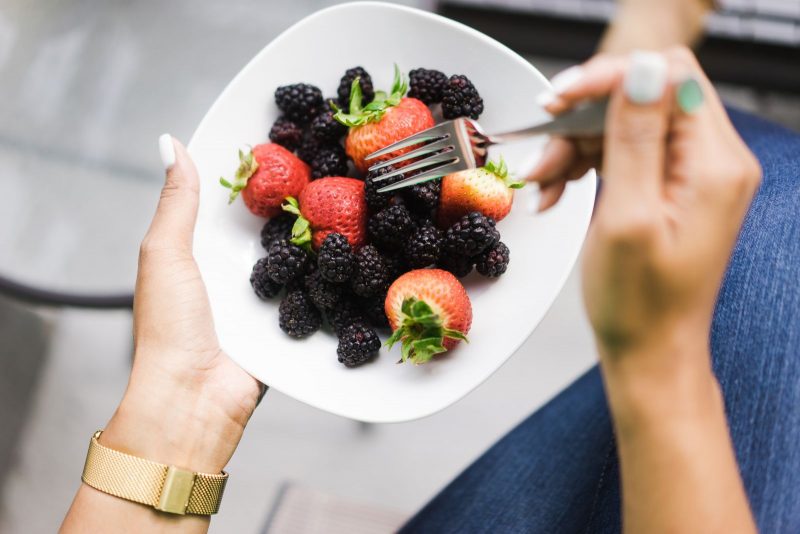
Fruits are low in fat, salt and sugar. They are a good source of dietary fibre. As part of a well-balanced, regular diet and a healthy, active lifestyle, a high intake of fruit can help you to:
- Reduce obesity and maintain a healthy weight
- Lower your cholesterol
- Lower your blood pressure.
Fruits contain phytochemicals, or plant chemicals. These biologically active substances can help to protect you from some diseases. Scientific research shows that if you regularly eat lots of fruits, you have a lower risk of:
- Type 2 diabetes
- Stroke
- Heart (cardiovascular) disease – when fruits and vegetables are eaten as food, not taken as supplements
- Cancer – some forms of cancer, later in life
- High blood pressure (hypertension).
Source: www.betterhealth.vic.gov.au
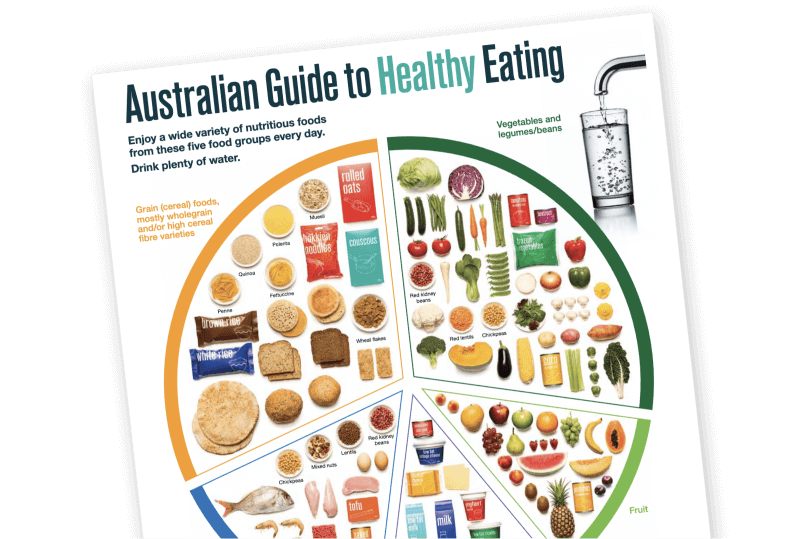
Download
Australian Guide to Healthy Eating
The Australian Guide to Healthy Eating is a food selection guide which visually represents the proportion of the five food groups recommended for consumption each day.
DownloadTypes of Fats
Unsaturated fats
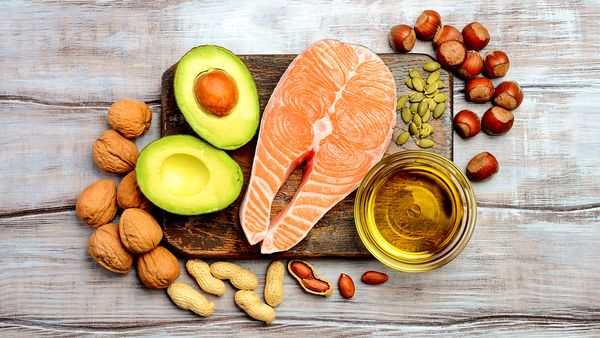
Unsaturated fats help reduce the risk of heart disease and lower cholesterol levels. There are 2 types of unsaturated fats:
- polyunsaturated fats such as omega-3 and omega-6 fats (found in fish, nuts, and safflower and soybean oil, for example)
- monounsaturated fats (found in olive and canola oil, avocado, cashews and almonds, for example)
Saturated fats
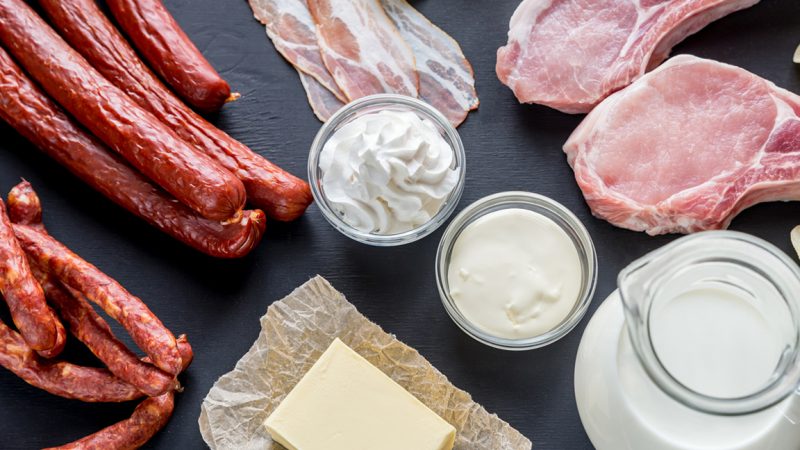
Normally solid at room temperature, ‘sat fats’ are often in dairy foods (butter, cream, full-fat milk and cheese), meat, coconut milk and cream, palm oil, cooking margarine, snacks like chips, cakes, biscuits and pastries, and takeaway foods. Consuming more than the recommended amount of saturated fat is linked to heart disease and high cholesterol.
Trans fats
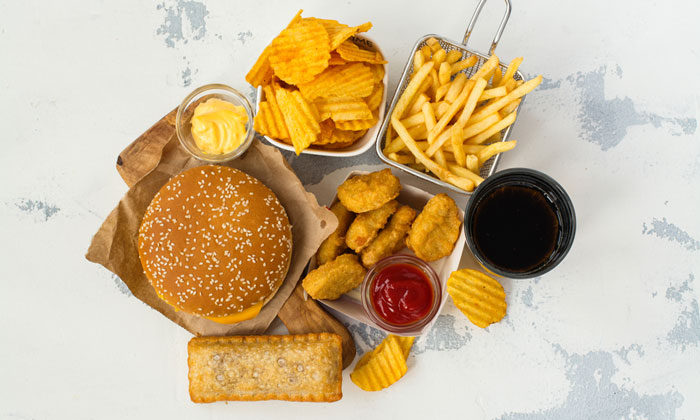
Trans fats have been processed so they ‘behave’ like a saturated fat. Trans fats increase the levels of ‘bad’ cholesterol and decreases the levels of ‘good’ cholesterol in the body, which increases the risk of heart disease. They can be found in butter, margarine (in small amounts), deep-fried and processed foods, cakes and pastries.
Cholesterol

Cholesterol is a type of fat that comes from foods such as eggs and is also found in your blood. The 2 main types of cholesterol are: ‘good’ HDL (high-density lipoprotein) cholesterol; and ‘bad’ LDL (low-density lipoprotein) cholesterol. High levels of LDL cholesterol can increase your risk of heart disease.
However, eating foods that contain any type of cholesterol won’t actually raise your body’s cholesterol levels. Eating saturated or trans fats is far more likely to give you high cholesterol.
How to include healthy fats in your diet
To stay healthy, less than 10% of the total energy (kilojoules) you take in should come from saturated fat, and less than 1% should come from trans fat.
Check food labels. Choose products that are higher in poly- and monounsaturated fats. Avoid foods that contain ‘hydrogenated oils’ or ‘partially hydrogenated vegetable oils’ since these contain trans fats.
What are the best foods to eat?
Opt for foods that are high in unsaturated fats, which increase levels of ‘good’ cholesterol (HDL) and help lower levels of ‘bad’ cholesterol (LDL). These include:
- avocado
- almonds, cashews, peanuts, pine nuts, walnuts, Brazil nuts
- cooking oils including canola, olive, peanut, soybean, rice bran, sesame and sunflower
- spreads made from soybean, sunflower, safflower or canola
- fish, especially tuna, salmon, sardines and blue mackerel
- tahini
- linseed (flaxseed)
- chia seeds
Avoid foods that have higher levels of unhealthy fats. These include:
- processed meats (such as bacon, ham, salami and frankfurts)
- butter and cream
- crisps and chips
- pies and pastries
- takeaway pizza
- takeaway burgers
- fried foods (e.g. spring rolls)
- biscuits, doughnuts, muffins and cake
- chocolate
- ice cream
Healthy-eating tips
- Use extra virgin olive oil in cooking.
- Replace saturated fats with unsaturated fats; for example, use avocado, tahini, nut or seed butter instead of dairy butter.
- Eat fish, especially oily fish, twice a week.
- Consume legume- or bean-based meals twice a week.
- Snack on nuts or add them to your cooking.
- Throw avocado in salads.
- Choose lean meats and trim any fat you can see (including chicken skin).
- Use table spreads that have less than 0.1g of trans fats per 100g.
Source: www.healthdirect.gov.au
Diet and heart disease risk
The Australian Heart foundation lists several anti-inflammatory foods recommended for heart disease treatment and prevention. It also recommends restricting all saturated fat and processed foods.
Healthy swap ideas
Who doesn’t love an afternoon snack or dessert? Or a long cool drink on a hot day? Choosing a tasty, healthy option can make a big difference. We’ve compiled a list of healthy swaps you can try.
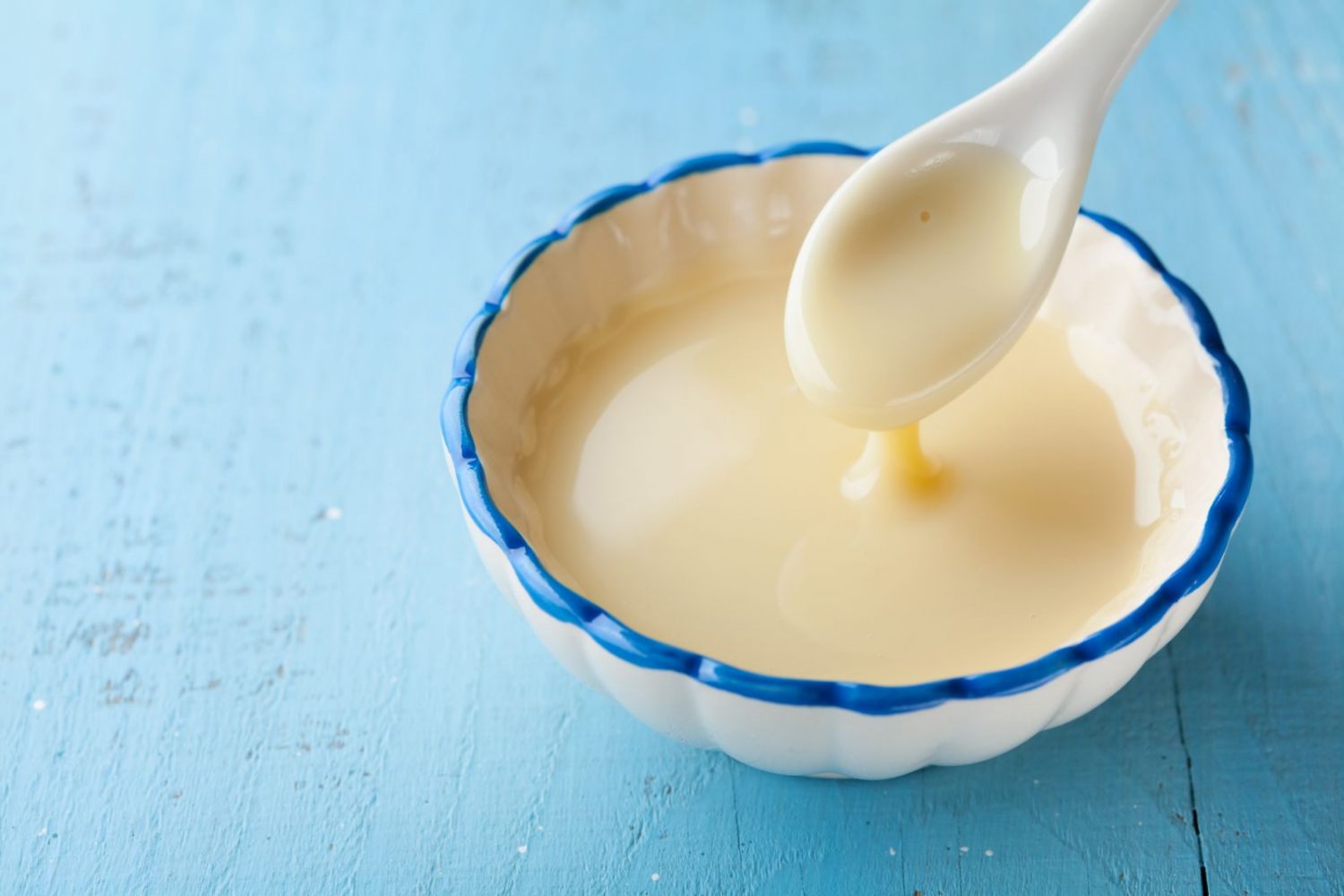
Cream
Instead of cream (regular fat), sour cream or coconut cream...
Try:
• Cream (reduced fat)
• Coconut milk (reduced fat)
• Evaporated milk (reduced fat)
• Ricotta cheese or natural yoghurt
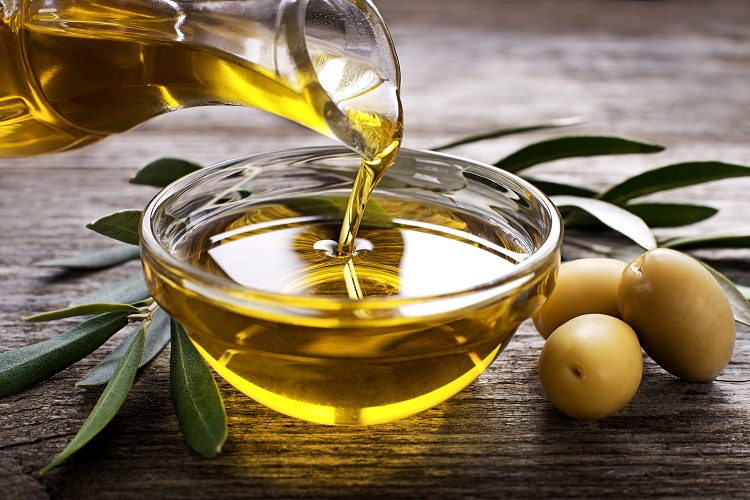
Butter
Instead of butter, CophaTM, ghee or lard...
Try:
• Canola oil
• Olive oil
• Peanut oil
• Sesame oil
• Sunflower oil
• Safflower oil
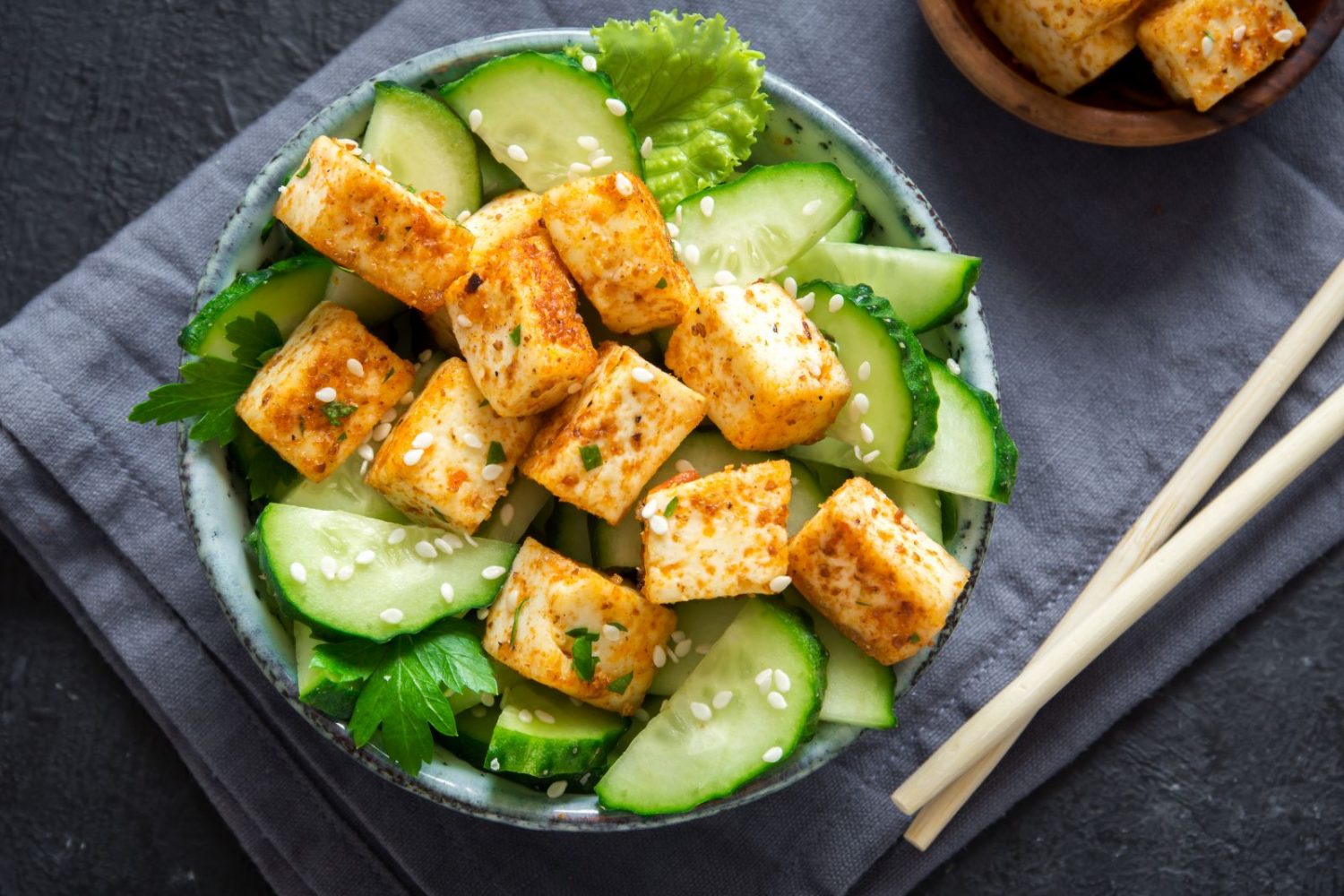
Fried tofu
Instead of tofu...
Try:
• Marinated tofu
• Oven-baked tofu
Tip!
To make oven baked tofu crispy, slice into cubes and pat dry with paper towel to remove excess moisture
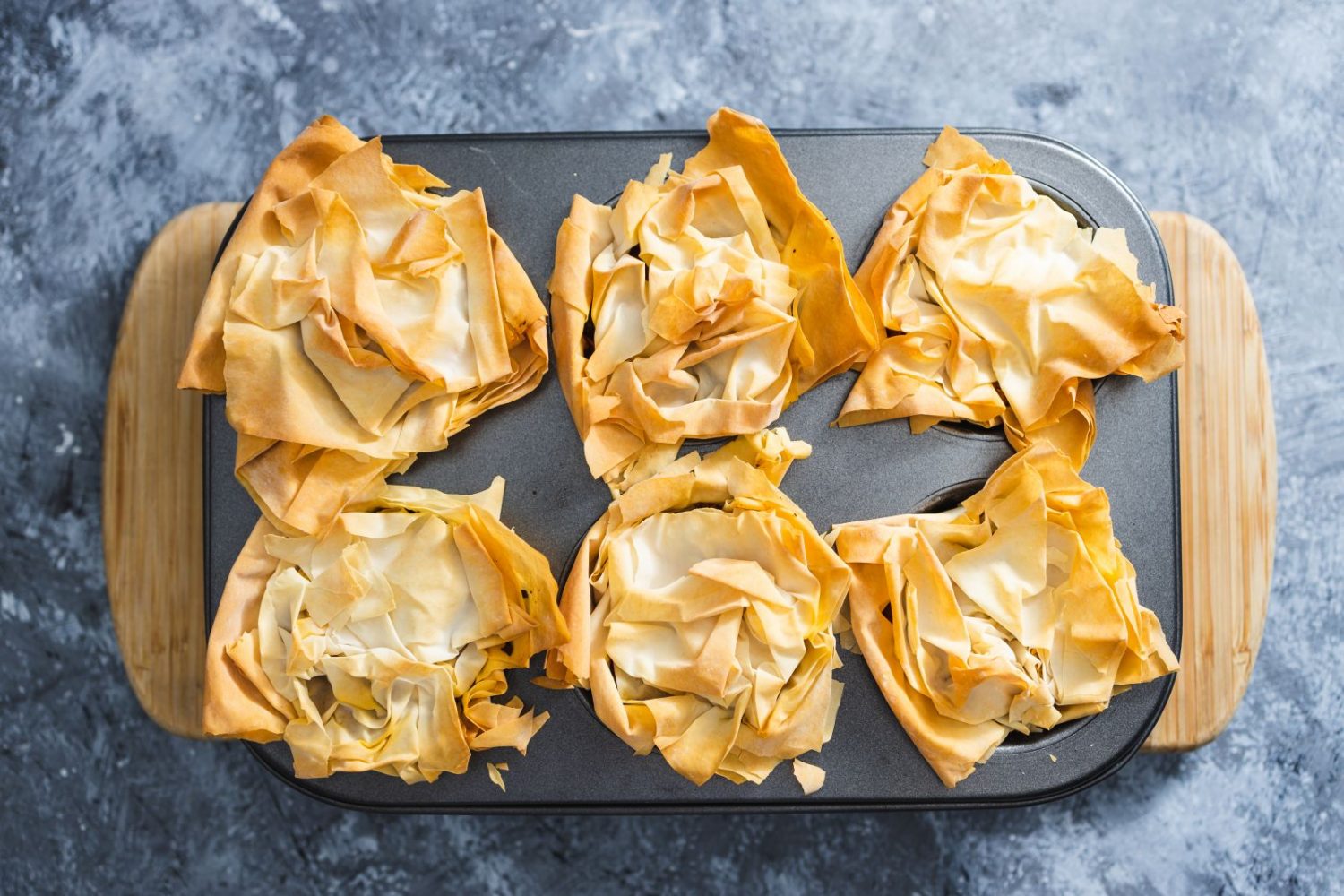
Pastry
Instead of using short crust or puff pastry...
Try:
• Filo pastry
Tip!
Filo pastry is much thinner and cooks quicker
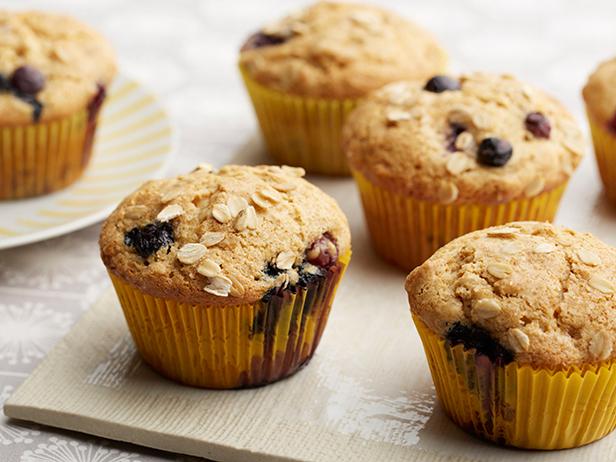
Sweet treats
When baking sweet treats...
Try:
• Using wholemeal flour for additional fibre
• Swapping butter for olive oil to decrease saturated fat intake
• Reducing added sugar and adding vanilla essence or spices such as cinnamon for more flavour
• Bake cake batter in muffin trays to help with portion sizes
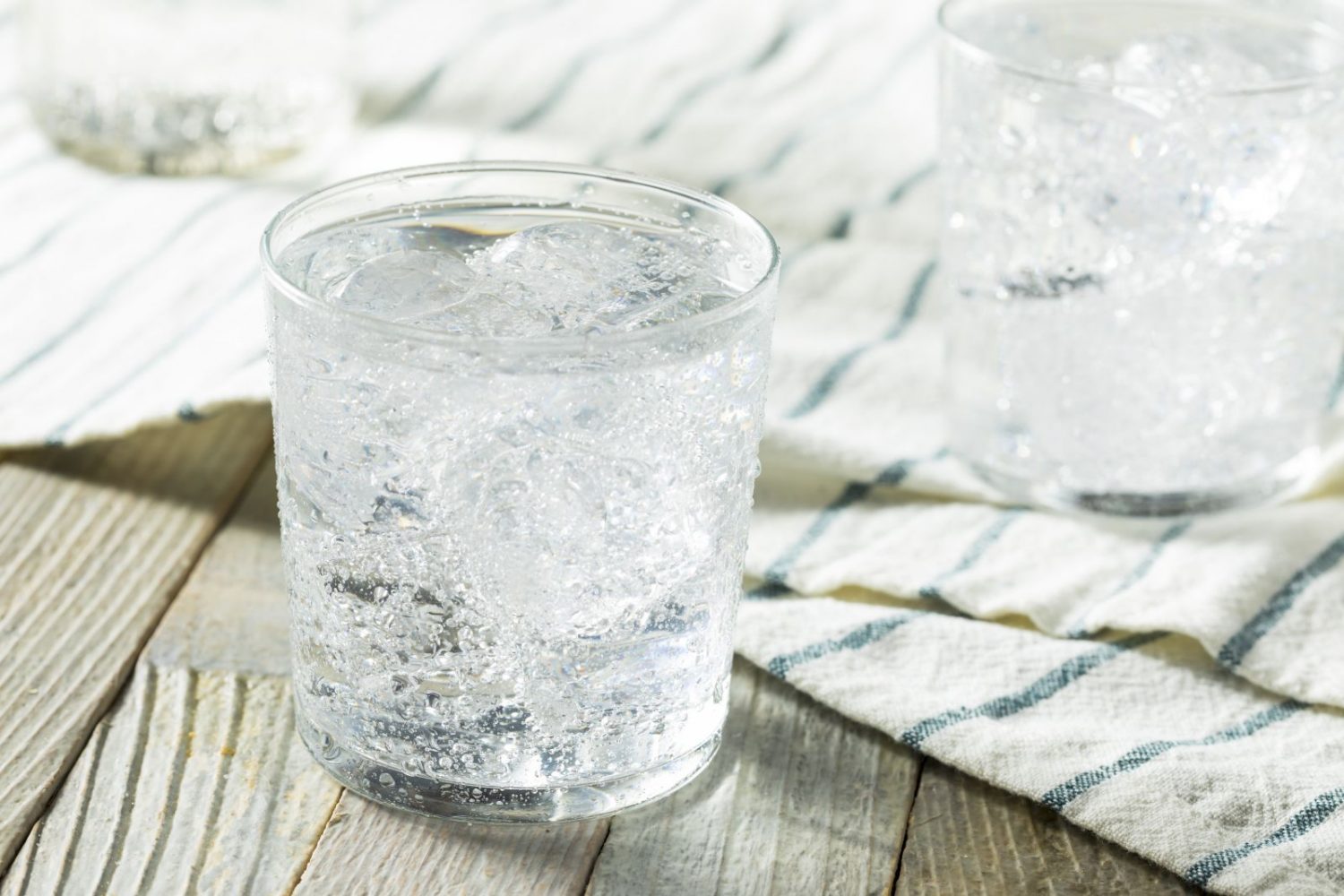
Soft drinks
Instead of soft drinks...
Try:
• Sparkling mineral water
Resources & Downloads
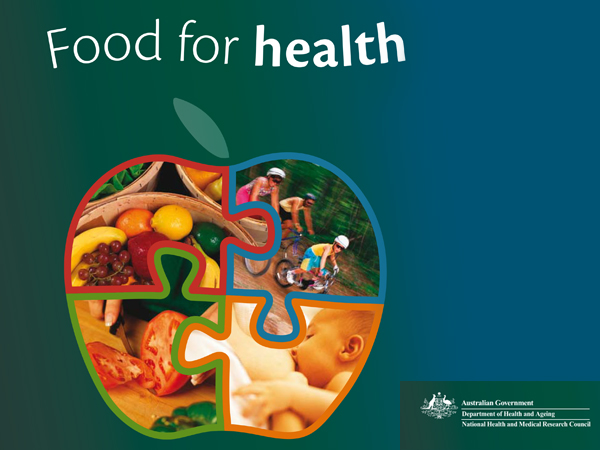
Food For Health
Comprehensive information on healthy eating and Dietary Guidelines for Australians
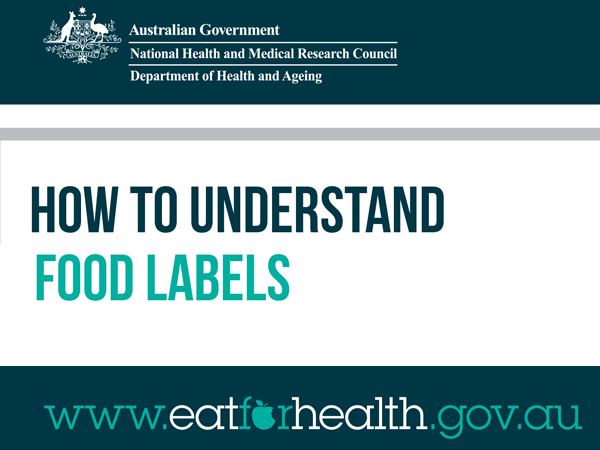
How To Understand Food Labels
Useful guide to help you read food labels to make healthier choices.
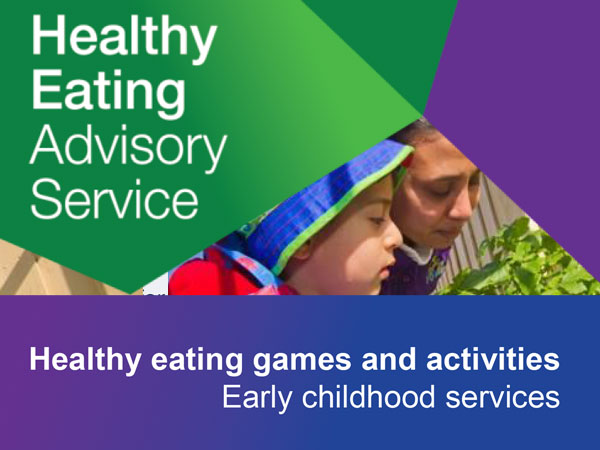
Games & Activities for Kids
Make eating healthy foods enjoyable and fun with these healthy eating games and activities for kids.

Community Resources
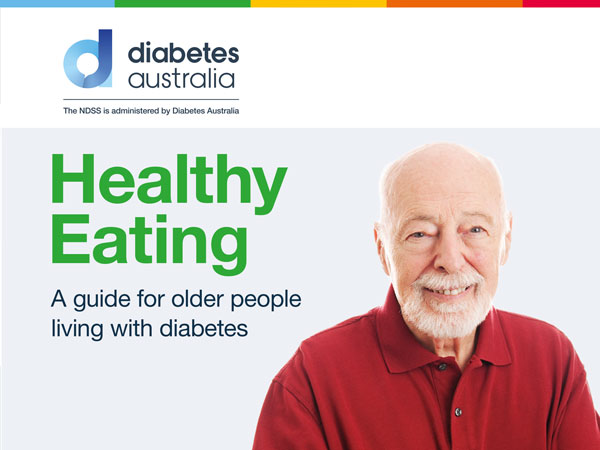
Healthy Eating - A guide for older people living with diabetes
Useful guide and tips to healthy eating habits for people living with diabetes.
Build Your Own Lunchbox Resources
Helpful booklet on packing a healthy lunch for the kids by DPV Health

Build Your Own Lunchbox - English
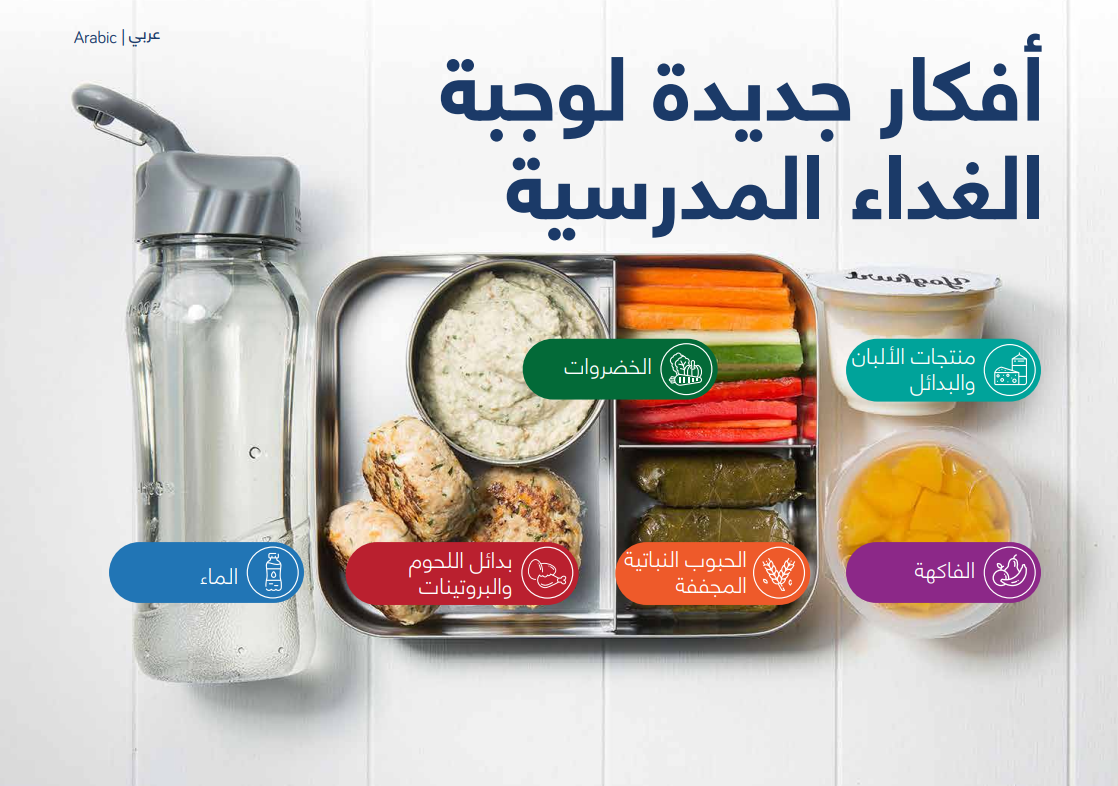
Build Your Own Lunchbox - Arabic
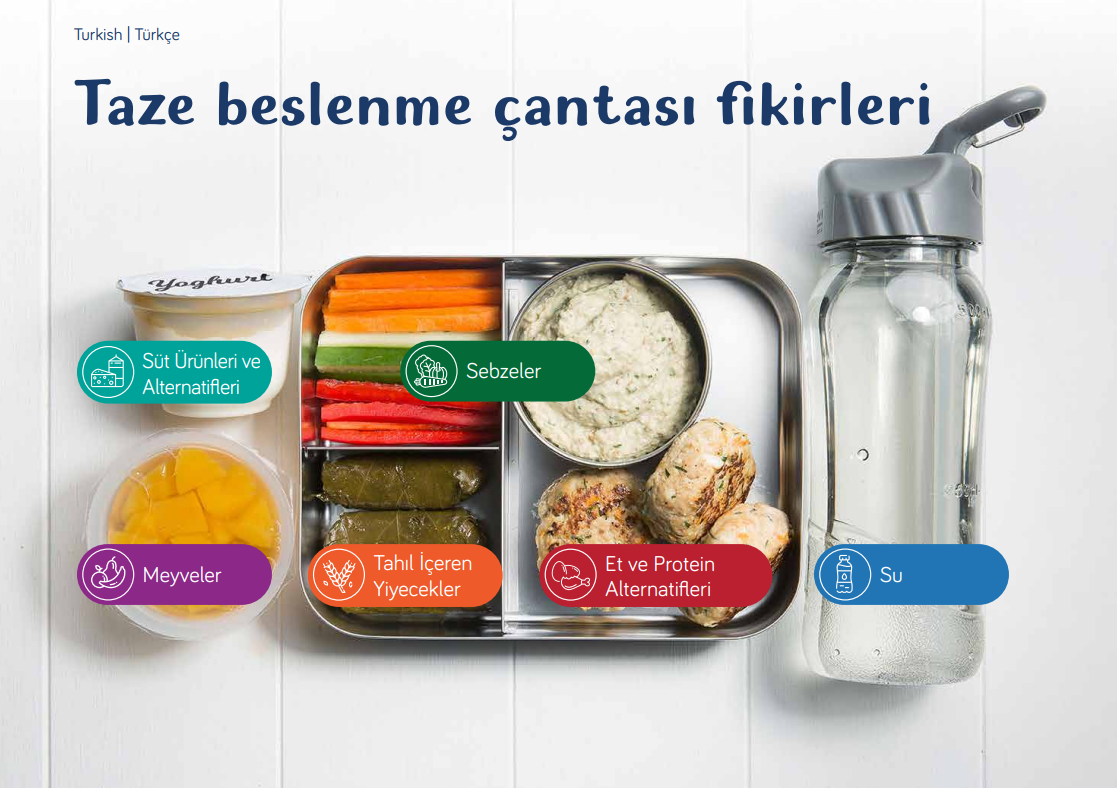
Build Your Own Lunchbox - Turkish
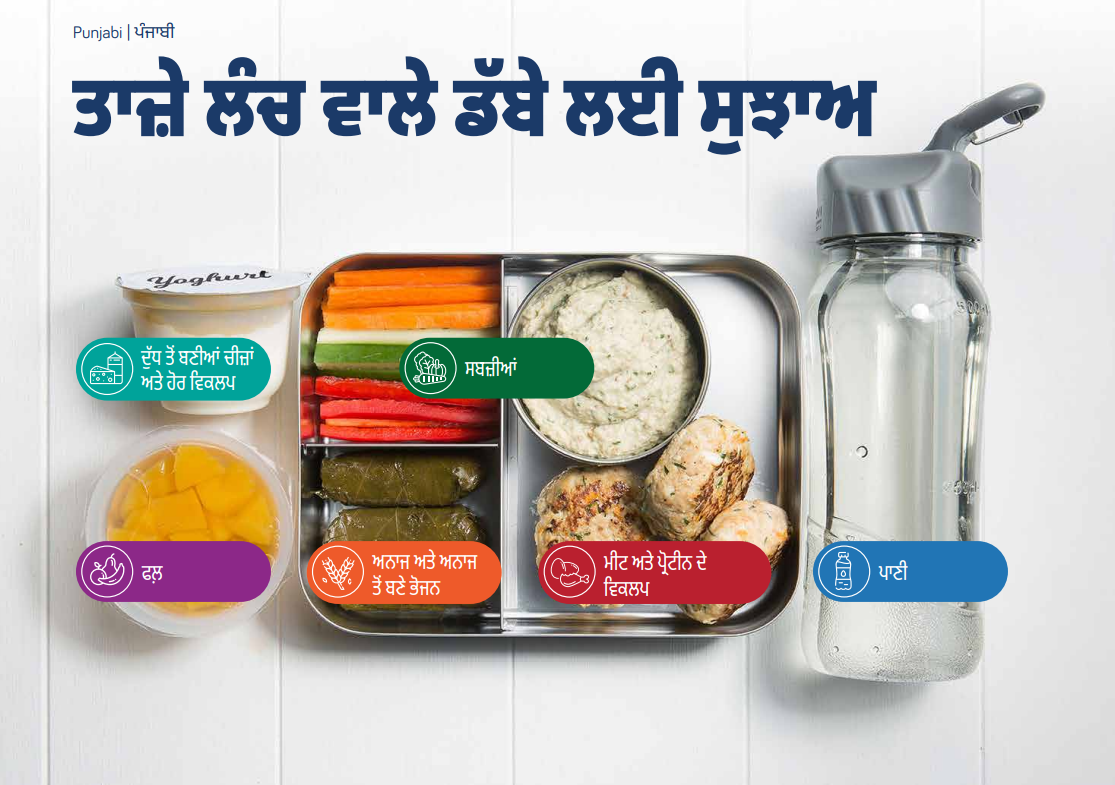
Build Your Own Lunchbox - Punjabi

Build Your Own Lunchbox - Hindi

